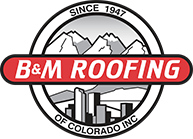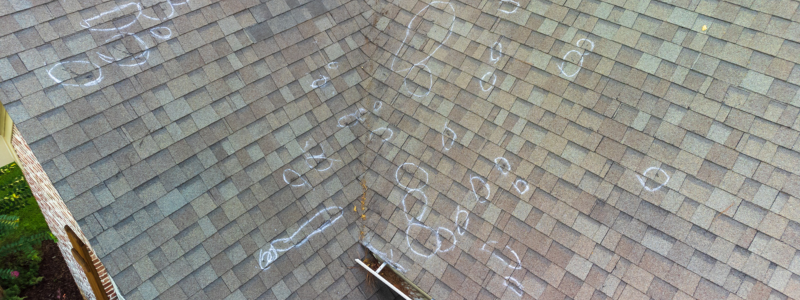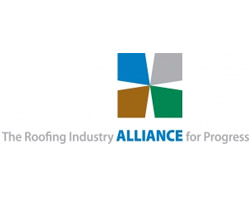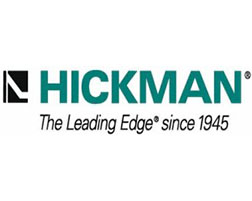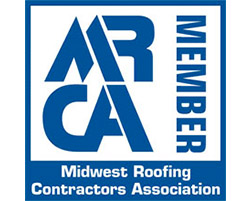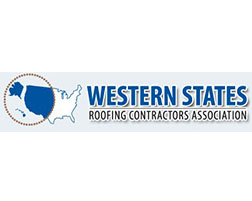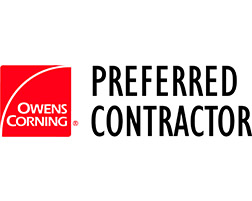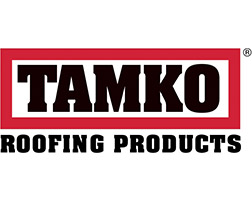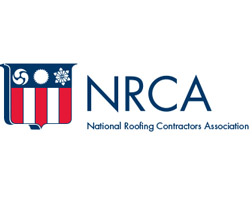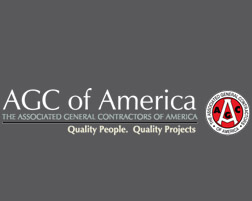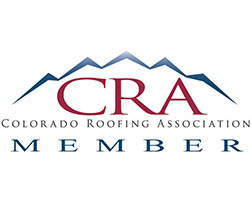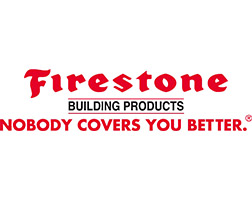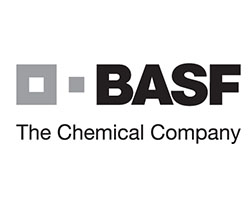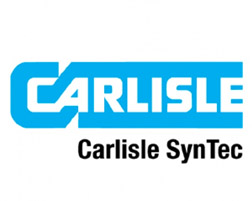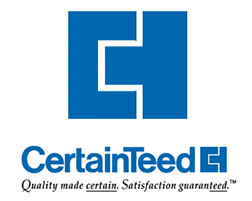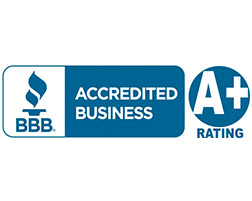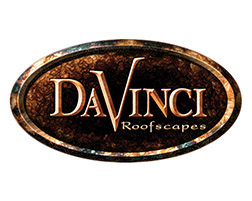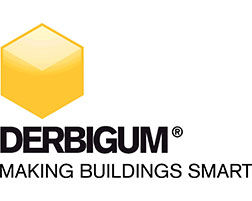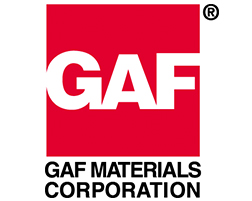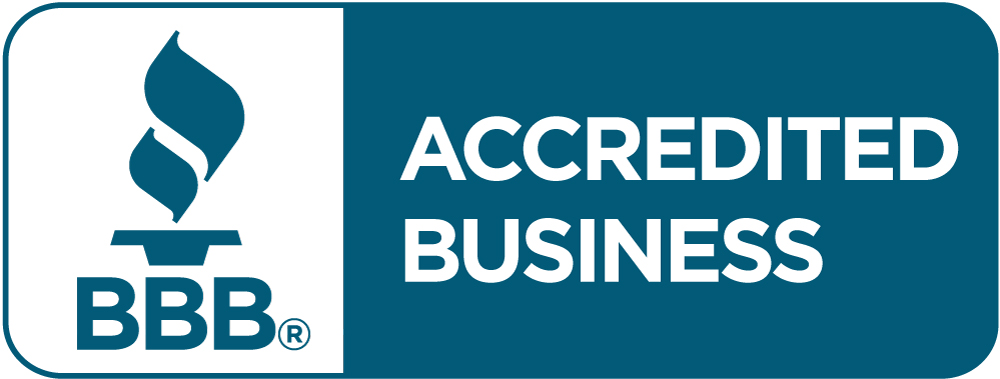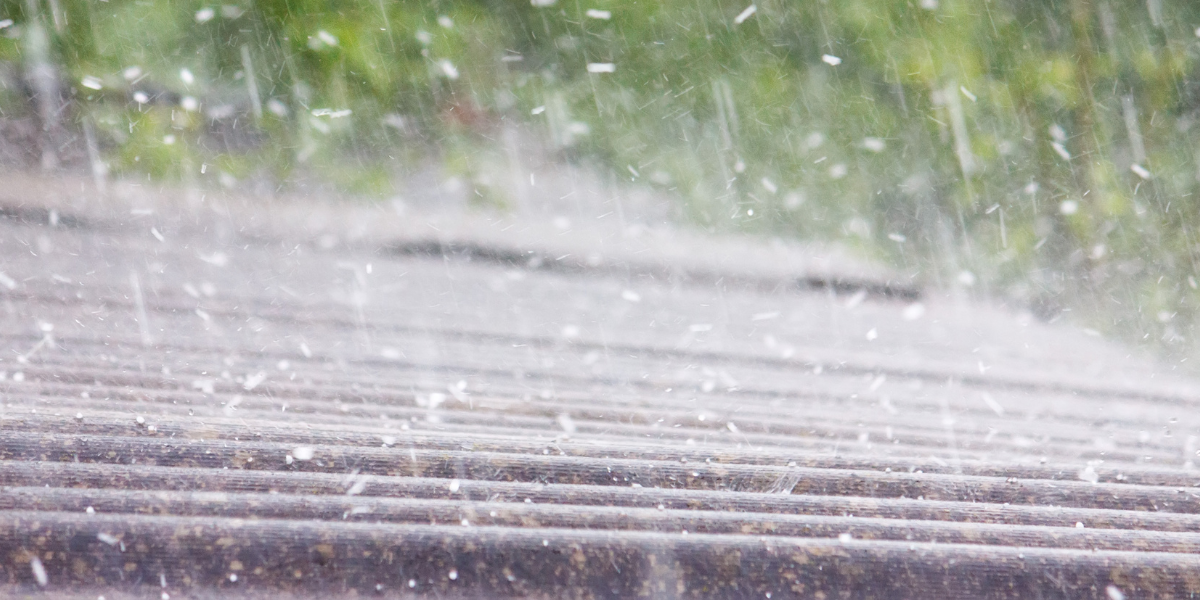
How to Protect Your Roof from Hail: A Complete Guide
Hailstorms can cause significant damage to roofs, leading to costly repairs or even full replacements. Whether you’re a homeowner or a business owner, taking proactive steps can help minimize the risk of hail damage and extend the lifespan of your roof, especially in the state of Colorado, one of the most hail-prone areas in the country. This guide will discuss protecting your roof from hail, including preventative measures, impact-resistant materials, and what to do after a storm.
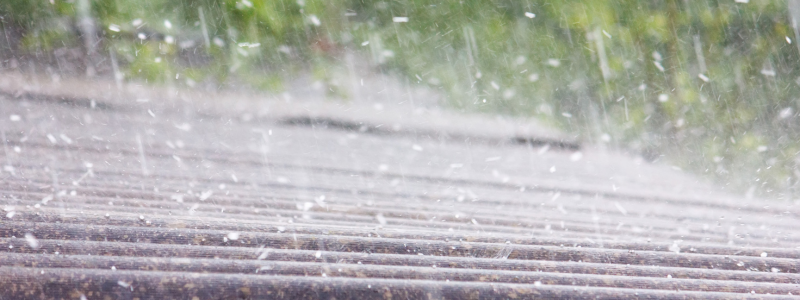
Understanding Hail Damage and Its Impact on Roofs
Hail damage varies depending on hailstones’ size, density, and speed. Even small hailstones can cause significant damage if hit with enough force. Some common effects of hail damage include:
- Cracked or missing shingles
- Dents and punctures in metal or asphalt roofs
- Weakened structural integrity, leading to leaks and water damage
- Damage to flashing, gutters, and vents
The severity of hail damage also depends on your roofing material. While some materials withstand hail better, no roof is immune to damage.
Choosing Impact-Resistant Roofing Materials
Investing in impact-resistant materials can significantly reduce the risk of hail damage, offering property owners protection and peace of mind. These materials, designed to withstand severe weather conditions, can save you from costly repairs and maintenance. Some of the best options include impact-resistant roofing shingles, reinforced windows, and durable siding. These resilient materials will enhance your home’s longevity and increase its value over time. Our expert team of roofing experts are here to help guide you through the process of re-roofing your home.
Impact-Resistant Shingles (Class 4 Rated)
- Asphalt shingles with a Class 4 impact resistance rating provide better durability against hail.
- They are designed to withstand substantial impacts without cracking or losing granules.
Metal Roofing
- Metal roofs are highly durable and resist hail damage better than asphalt shingles.
- While they may dent under extreme hail conditions, they rarely puncture or crack.
Tile and Slate Roofing
- Clay and slate tiles offer good protection but can crack under large hailstones.
- Consider synthetic tile alternatives for better impact resistance.
Rubber and Composite Roofing
- Rubberized roofing materials can absorb the impact of hailstones without sustaining significant damage.
- These materials are flexible and less likely to crack or break.
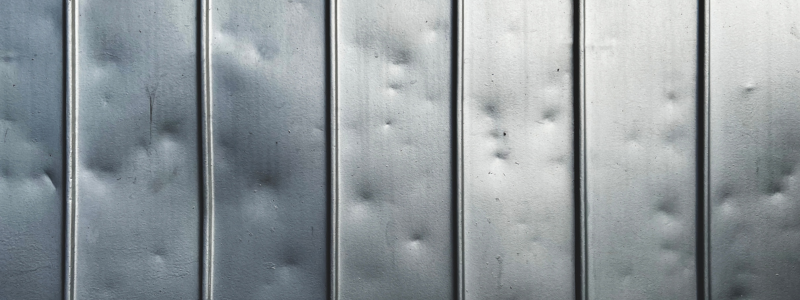
Reinforcing Your Roof Against Hail Damage
Beyond choosing the right materials, reinforcing your roof structure can provide protection. This added support helps to withstand extreme weather conditions, such as heavy winds and snow loads. A well-reinforced roof can extend the lifespan of your home and reduce potential repair costs in the long run.
Upgrade Your Roof Decking
- A more substantial roof deck minimizes the risk of hail penetrating your home’s interior.
- Consider impact-resistant oriented strand board (OSB) or plywood sheathing.
Improve Underlayment Protection
- High-quality synthetic underlayment provides an extra layer of defense against leaks.
- Impact-resistant roof membranes should be considered to absorb hail impact.
Ensure Proper Attic Ventilation
- Good ventilation helps reduce temperature fluctuations, preventing your roofing materials from becoming brittle.
- A well-ventilated attic can help extend the life of your roof.
Installing Protective Roofing Accessories
Additional protective measures can enhance your roof’s resistance to hail damage. For instance, installing impact-resistant roofing materials, such as metal or reinforced shingles, can significantly reduce the risk of damage during severe weather. Also, maintaining proper drainage and keeping gutters clean can help mitigate the effects of heavy rain that often accompanies hailstorms.
Hail-Resistant Roof Coatings
- Special coatings add a protective layer to shingles and metal roofing, absorbing impact energy.
Roof Guards and Impact-Resistant Membranes
- These materials help absorb shock from hailstones and reduce direct damage to shingles.
Gutter Protection Systems
- Hail can clog and damage gutters, leading to water pooling on your roof.
- Install gutter guards to prevent debris buildup and improve water drainage.
Preventative Maintenance to Minimize Hail Damage
Routine maintenance can help identify and address potential vulnerabilities before a hailstorm hits.
Schedule Regular Roof Inspections
- Professional roof inspections identify weak spots and recommend necessary repairs.
- Aim for at least one inspection per year, especially before storm season.
Trim Overhanging Branches
- Trees near your home can cause additional damage when hail knocks branches onto your roof.
Clean Gutters and Downspouts
- Keeping gutters clear prevents water buildup, reducing the risk of leaks after a hailstorm.
What to Do After a Hailstorm
Taking prompt and decisive action can significantly reduce the risk of additional damage if a hailstorm hits your region. Assess the situation carefully and identify any vulnerable areas on your property, such as windows, doors, and roofs. Cover these with protective materials like tarps or plywood to shield them from the relentless hail. Move vehicles into a garage or under a sturdy structure to prevent denting and other potential damage. Also, consider checking on your neighbors, especially those needing assistance. Proactive measures safeguard your property and foster a sense of community during extreme weather events.
Inspect Your Roof for Visible Damage
- Look for dents, cracks, or missing shingles.
- Check your attic for signs of leaks or water damage.
Document the Damage
- Take clear photos of any damage for insurance purposes.
- Keep records of any repair estimates and invoices.
Contact a Professional Roofing Contractor
- A licensed roofing contractor can assess the damage and recommend repairs.
- Avoid DIY fixes that could worsen the problem.
Working with Insurance for Hail Damage Claims
After assessing the damage, it’s crucial to document everything thoroughly and contact your insurance company to start the claims process for hail damage, providing them with clear evidence and any necessary documentation to support your case.
Review Your Homeowner’s Insurance Policy
- Understand your coverage for hail-related roof damage.
- Check if you have actual cash value (ACV) or replacement cost value (RCV) coverage.
File a Claim Promptly
- Many insurance policies have time limits for filing hail damage claims.
- Provide detailed documentation and work with a trusted contractor to ensure accurate estimates.
Choose a Reliable Roofing Contractor
- Work with a licensed, experienced roofing company like B&M Roofing to ensure high-quality repairs.
- Avoid storm-chasing contractors who appear after major hailstorms and offer low-cost repairs with subpar materials.
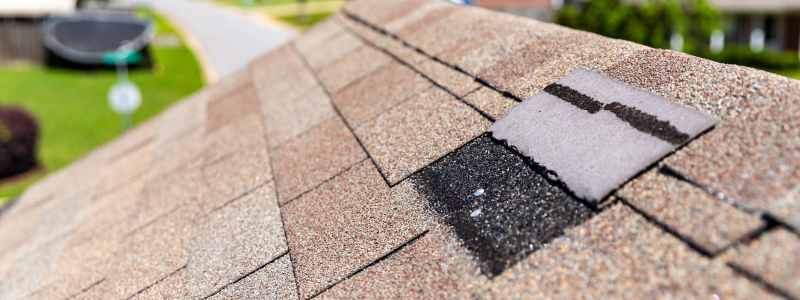
Get Started With B&M Roofing Today!
Hailstorms can seriously threaten your roof, but proactive preparation and proper materials can minimize damage. The best ways to protect your roof from hail are to invest in impact-resistant roofing, reinforce your roof structure, and maintain routine inspections.
If your roof has suffered hail damage or you want to upgrade to hail-resistant materials, contact B&M Roofing today for expert advice and professional roofing services. Our expert team is here to help protect your home or business from the elements.
